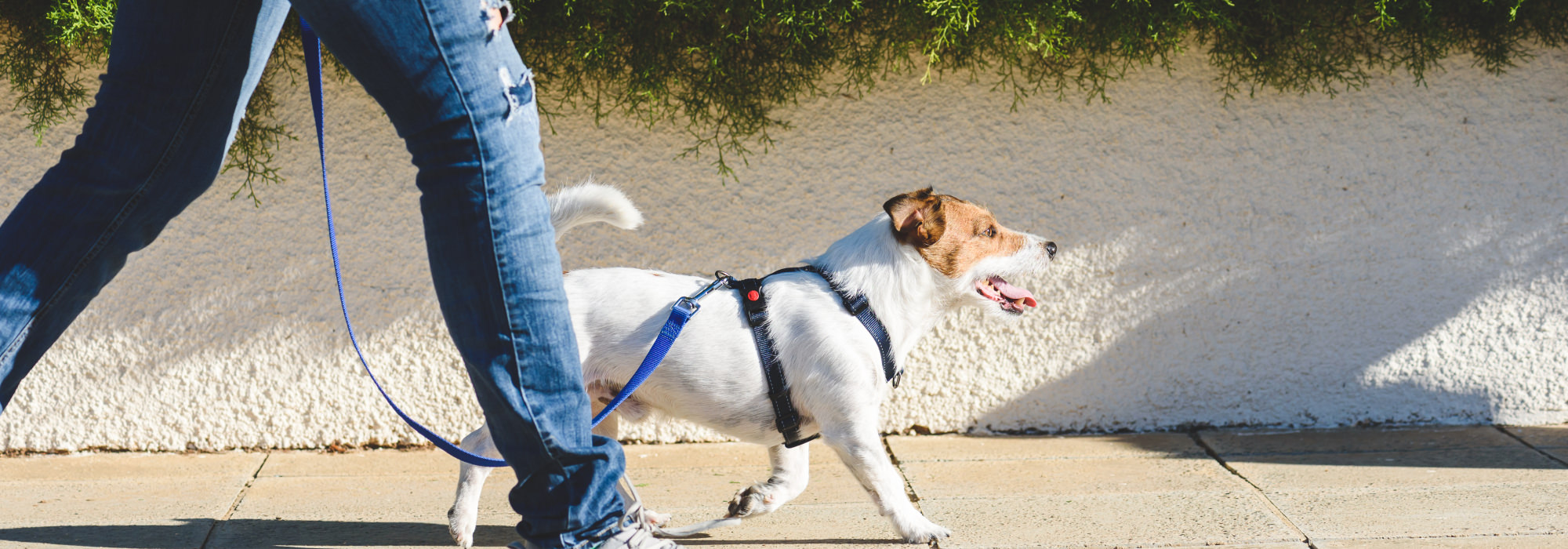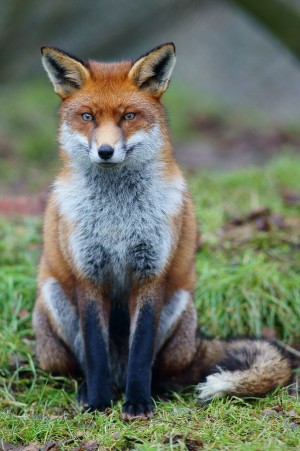Restricted and dangerous dogs in NSW
The following information provided by Office of Local Government outlines those responsibilities under the Companion Animals Act 1998 and the Companion Animals Regulation 2008.
Along with greater responsibilities for owners of restricted and dangerous dogs, local councils have a general duty under the Act to take such steps as are necessary to ensure they are aware of the existence of all dangerous and restricted dogs that are kept in their areas.
Officers authorised under the Act have increased powers to seize a restricted or dangerous dog if the officer is satisfied that any of the control requirements have not been complied with in relation to the dog. Council law enforcement officers and police apply these requirements.
The registered owner of a dog in New South Wales must be over 18 years of age. Owners of restricted and dangerous dogs must notify the council in the area where the dog is ordinarily kept within 24 hours if:
- The dog has attacked or injured a person or animal
- The animal cannot be found
- The animal has died
- Ownership or owner details of a dangerous dog change
- The dog is being kept at a different address in the area of the council
- The dog is being kept outside the council area
Restricted Dogs
It is an offence in New South Wales to sell, acquire or breed dogs on the restricted dog list. Restricted dogs in NSW are the same as those currently on the prohibited list of importations into Australia. However changes to the legislation now include offspring of restricted dogs on that list, as follows:
- American Pitbull terrier or Pitbull Terrier
- Japanese tosa
- Dogo Argentino (Argentinean fighting dog)
- Fila Brasiliero (Brazilian fighting dog)
- Any dog declared by a council under Division 6 of the Act to be a restricted dog
- Any other dog of a breed kind, or description prescribed by the Regulation for the purposes of this section.
This means any dog where the council is of the opinion that a dog is of a breed or kind of dog on the restricted dog list or a cross-breed of any such breed or kind of dog.
Council declared restricted dogs
If Council issues a dog owner with a ‘Notice of Intention to Declare a Dog to be a Restricted Dog’ under Division 6, the owner has 28 days in which to complete the process where they may elect to have the dog’s breed and temperament assessed. If you receive such a notice you can contact Council for further information.
Dangerous dogs
A dog is “dangerous” if it has, without provocation, attacked or killed a person or animal, or, repeatedly threatened to attack or repeatedly chased a person or animal. “Dangerous dogs” in NSW are dogs that are the subject of a declaration under the Act by a council or a court that the dog is considered dangerous. Council must have given notice to the owner of a dog of the council’s intention to declare the dog to be dangerous.
Your responsibilities
The owner of a restricted or declared dangerous dog must ensure that each of the control requirements listed under section 51 of the Act is complied with.
- All restricted and dangerous dogs must now by law be desexed.
- The dog must not at any time be in the sole charge of a person under 18 years of age.
- While the dog is on the property on which the dog is ordinarily kept, the dog must be kept in an enclosure that complies with the requirements prescribed by the regulations.
Warning signs
One or more signs must be clearly displayed on the property showing the words “Warning Dangerous Dog” in letters clearly visible from the boundaries of the property. Whenever the dog is outside its prescribed enclosure, the dog:
- Must be under the effective control of some competent person by means of an adequate chain, cord or leash that is attached to the dog and held by (or secured to) the person.
- Must be muzzled in a manner that is sufficient to prevent it from biting any animal or person.
Collar
Dangerous and restricted dogs must at all times wear a distinctive collar required by the Regulations.
Failure to Comply
An owner can be issued with a penalty notice of $1320 for failure to comply with any of the above control requirements and a court can impose a maximum $16,500 fine if a dangerous or restricted dog attacks or bites another person or if an incident is the result of the owner’s failure to comply with any one of the requirements of sections 51 or 56 of the Act.
Enclosure requirements for restricted and dangerous dogs as prescribed by the regulations
The Companion Animals Act requires the enclosure:
- To be fully enclosed, constructed and maintained so that the dog cannot escape under, over or through the enclosure
- To be constructed so that a person cannot have access to it without the assistance of an occupier of the property who is above the age of 16 years
- To be designed to prevent children from having access to the enclosure
- Not be located on the property in such a way that people are required to pass through the enclosure to gain access to other parts of the property
- To have a minimum height and width of 1.8 m
- To have an area of not less than 10 square metres for each dangerous or restricted dog kept on the property
- To have walls that are fixed to the floor and constructed to be no more than 50 mm from the floor
- To have walls, a fixed covering and a gate that are constructed of brick, timber, iron or similar solid materials, or chain mesh manufactured from at least 3.15 mm wire or weldmesh manufactured from at least 4 mm wire with a maximum mesh spacing of 50 mm, or a combination
- Have a floor that is constructed of sealed concrete and graded to fall to a drain for the removal of effluent
- Provide a weatherproof sleeping area
Owners of restricted dogs and those dogs declared dangerous are to comply with the prescribed enclosure requirements within 3 months from the relevant date or the date of the declaration.
For further explanation of these requirements see Sections 51 and 56 of the Companion Animals Act.
Failure to comply can result in heavy fines to the owner of the dog.



